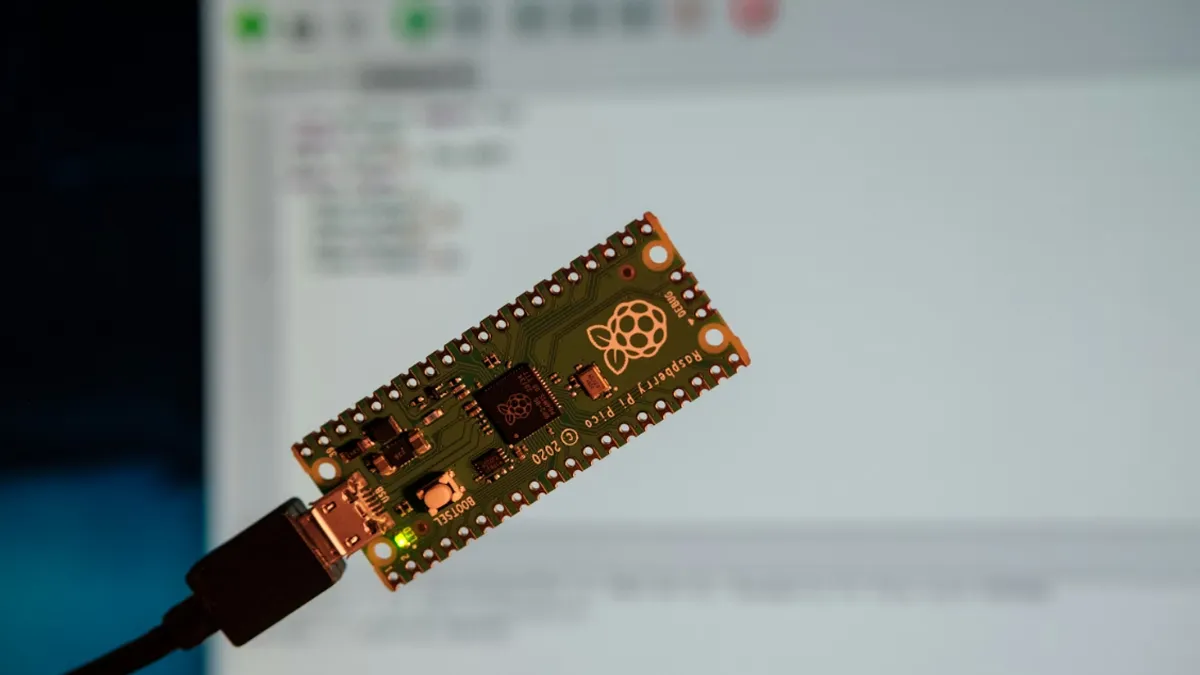
Amazon Infant Bassinet CPC : ASTM F2194-13 & 16 CFR 1218
If you are selling infant bassinets on Amazon U.S., understanding and complying with relevant safety standards and certification requirements is key to success. This article provides a brief overview of ASTM F2194-13 and 16 CFR 1218, as well as guidance on efficiently obtaining CPC Certification.

What are ASTM F2194-13 and 16 CFR 1218?
- ASTM F2194-13: A voluntary consumer safety specification for bassinets and cradles developed by ASTM International. It covers requirements to prevent entrapment, suffocation, falls, and ensures product structural stability and strength.
- 16 CFR Part 1218: A mandatory federal safety standard issued by the U.S. Consumer Product Safety Commission (CPSC), formally titled Safety Standard for Bassinets and Cradles. It is based on ASTM F2194-13 with additional modifications and stricter requirements.
Key Safety Requirements Overview
Both standards aim to minimize the risk of injury or death associated with bassinets and cradles. Main requirements include:
- Structural Safety: Prevent hazards from sharp points, edges, and small parts.
- Entrapment Prevention: Limits on openings in rigid side rails, mesh, or fabric walls.
- Stability & Strength: Static load and stability tests to ensure the product is sturdy and not easily tipped.
- Mattress Requirements: Specifications for mattress thickness, size, and flatness (especially for segmented mattresses) to REDuce suffocation risks.
- Warning Labels: Products must carry clear warning labels and user instructions.
16 CFR Part 1218specifically modifies:
- Mattress flatness testing angle limit to 10 degrees.
- Strengthens stability test procedures.
Additional Requirements under cpsia
In addition to the above standards, bassinets must comply with the Consumer Product Safety Improvement Act (CPSIA):
- Surface Coating Lead Content: ≤ 0.009% (90 ppm).
- Total Lead Content in Accessible Parts: ≤ 100 ppm.
- Phthalates Content: ≤ 0.1%.
- Tracking Labels: Permanent markings on product and packaging with manufacturer info, production date, etc.
- Product Registration Card: A prepaid registration card must be provided to consumers.
CPC Certification Process
To ensure compliance, you must obtain a Children’s Product Certificate (CPC)for your bassinet. The main steps are:
1. Submit Sample & Application Form: Provide product images and fill in application details.
2. Contract & Payment: A contract is issued based on your application; sign and pay.
3. Send Sample: Ship the product sample to a CPSC-accredited third-party lab (e.g., JJR) for testing.
4. Testing: Lab tests the product against ASTM F2194-13, 16 CFR 1218, and other applicable standards (e.g., CPSIA).
5. Report & Certificate Issuance: Once testing is passed, the lab issues a test report and the corresponding CPC certificate.
Typical processing time: 5–7 business days.
Documents Required for Amazon Review
To smoothly pass Amazon compliance review, prepare the following materials in advance:
- Company name and seller ID
- Contact information: email address and phone number
- Complete list of bassinets being sold
- Product and packaging images (all sides visible)
- Children’s Product Certificate (CPC)
- Test report issued by a CPSC-accredited lab
- Product manuals and instructions (in English)
- Evidence (photos or reports) showing compliance with tracking labels, registration card, etc.
Email:hello@jjrlab.com
Write your message here and send it to us
 Infant Support Pillow 16 CFR 1243/1242 & ASTM
Infant Support Pillow 16 CFR 1243/1242 & ASTM
 BRM Registration Card Under CFR Part 1130 Regulati
BRM Registration Card Under CFR Part 1130 Regulati
 How to get a D-U-N-S® Number for US FDA Registrati
How to get a D-U-N-S® Number for US FDA Registrati
 Household Massage Devices Compliance in the China
Household Massage Devices Compliance in the China
 Compliance for the Global In Vitro Diagnostic (IVD
Compliance for the Global In Vitro Diagnostic (IVD
 Compliance Guide for Nebulizers in European and Am
Compliance Guide for Nebulizers in European and Am
 Cybersecurity Certification Service for EU RED Dir
Cybersecurity Certification Service for EU RED Dir
 ANATEL Certification Compliance Guide for Brazil M
ANATEL Certification Compliance Guide for Brazil M
Leave us a message
24-hour online customer service at any time to respond, so that you worry!




